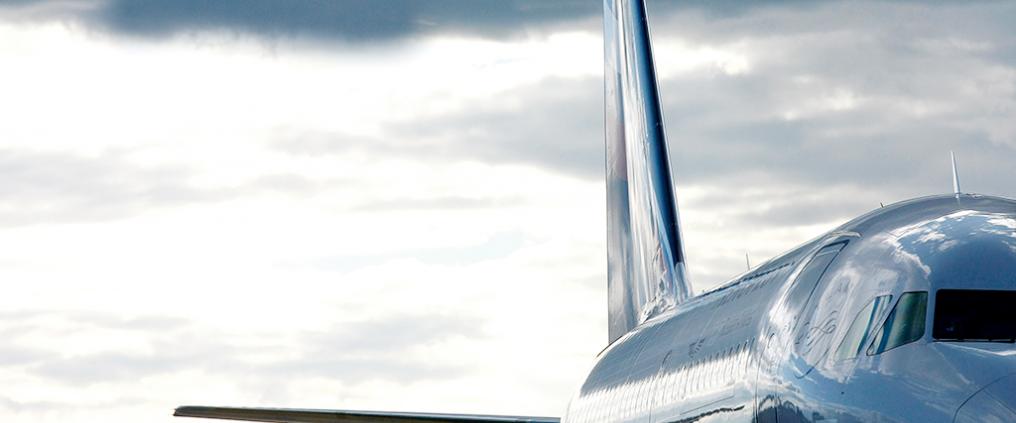Have you ever thought of how information about arriving flights is updated onto airport monitors and the website? Or why the info sometimes only shows up very close to the actual arrival time of the aircraft?
We found out how schedules for arriving flights are reported and refreshed at Helsinki Airport.
Flight schedules are published at least six months in advance
“Airlines plan their schedules up to a year in advance, and usually schedules are made public around six months before the actual flights. The process includes international conferences where airport slot coordinators and airlines harmonize their schedules. The schedules are made for two seasons per year: one for daylight saving time, one for the winter time,” explains Application Manager Elina Kalliokoski from Finavia.
“Airlines plan their schedules up to a year in advance."
“These original schedules are, however, subject to cancellations, additions and updates, due for instance to changes to airlines’ fleet and crew. We receive notifications of these changes directly from the airlines or through the slot coordination system.”
Reliable estimates for arrival times are available only once the plane is in the air
Hundreds of flights land at Helsinki Airport every day, and reliable estimates for arrival times can only be given once the plane has taken off from the previous airport. “Usually, airlines send us aircraft movement messages that tell us when the flight departed from the previous airport, as well as its estimated arrival time in Helsinki,” Kalliokoski explains. “In the case of short flights, these messages come less than half an hour before the actual arrival of the plane, but this way the information is very reliable.”
“Usually, airlines send us aircraft movement messages that tell us when the flight departed."
Apart from airlines, handling companies and air navigation systems also send in information about aircraft movements.
“Estimates for arrival times are calculated based on air navigation radar information.”
Some aircraft also have their own systems which can send in so-called ACARS (Aircraft Communications Addressing and Reporting System) messages, when flight times change significantly due to winds or rerouting.
Data from different systems is fed into one database
In the fall of 2016, Helsinki Airport introduced a new Airport Operational Database (AODB), which combines all the flight data from different sources into a single, real-time database. From this database, the info is updated automatically to different places, for instance onto the arrival time monitors at the airport and online.
“As the database combines so many different data sources, automating the handling of all the flight data was a huge project,” Kalliokoski says.
“And even with the new system in place, there are still times when the information needs to be updated manually, as there can be problems in the connection between different data sources, or the updated don’t go through correctly. At Helsinki Airport, the Apron Control unit is in charge of these manual updates.”
Arrival time monitors at the airport are a reliable source
If estimated arrival times are incorrect or late, the reason usually involves human error or sudden changes in flight schedules.
The arrival time schedules on airport monitors and online are reliable sources for both.
“Though Finavia’s terms of service require that airlines send us up-to-date messages about aircraft movements, this doesn’t always work perfectly, especially in those destinations where messages are still dispatched manually. Flight rotation also depends on so many different factors that sometimes we can only get the information very late.”
All in all, the arrival time schedules on airport monitors and online are reliable sources for both passengers and those picking up someone from the airport.
The scheduling of take-off slots is an essential part of air traffic coordination
Read why quick turnarounds are crucial for airlines
The schedule for arriving flights at Helsinki Airport can be found here



